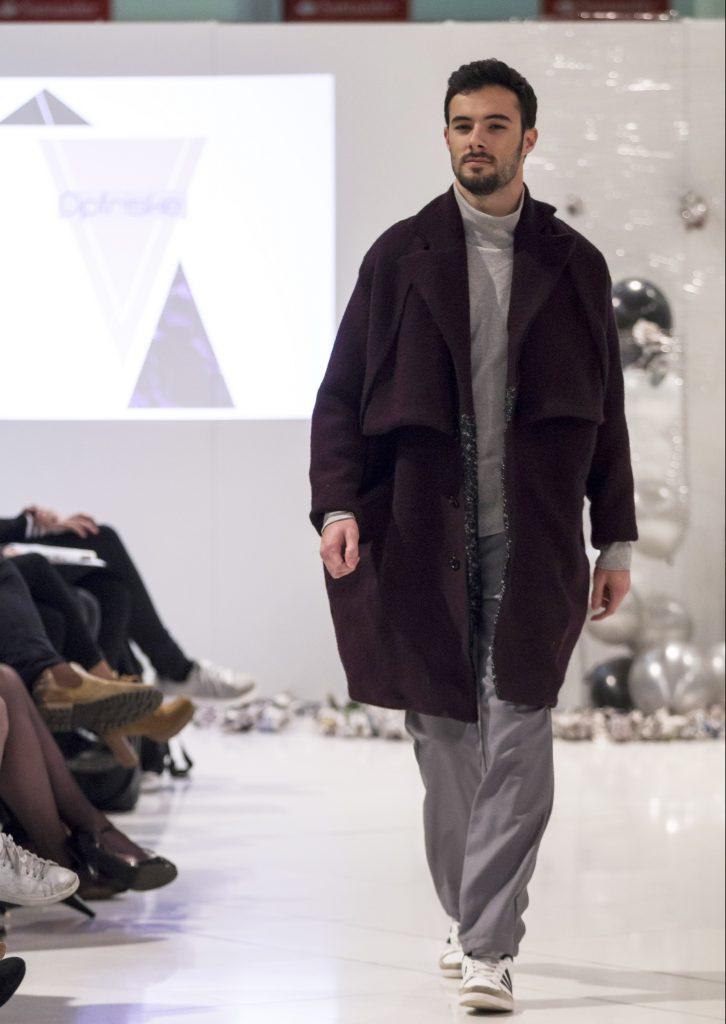When we look at the work from the most popular designers in catwalks, there are two words that immediately come to our minds: fashion and luxury. We usually overlook such relation and simply say: “Oh! These garments are incredible, I wonder who could pay for them”, but the linkage fashion-luxury is more damaging than we could imagine.
Such linkage started to take shape when vanguard fashion designers were hired by top brands. Their avant-garde designs have provided those brands with a higher fame and visibility thanks to catwalks; however, the truth is that, in many cases, those designs are not even sold in the stores and the retail garments look very different. Those collections are therefore “art in movement” but their implementation in the “street fashion” is difficult and only affordable for the most affluent people. Nobody calls into question that these collections are usually breath-taking and the fact their designers have earned a deserved place in the fashion industry because of its enviable creative skills.

However, we should bear in mind that fashion does not necessarily need to be luxurious. Perhaps cannot a tracksuit or a hoody be fashion too? Indeed, would not those better represent the real fashion that we observe daily? Therefore, why do we often relegate them to the category of “streetwear” and do not consider them fashion?
The main problem is when the misconception of “fashion similar to luxury” affects the creativity. This is especially relevant for young people and students belonging to families with scarce earnings. The first would be discouraged to even start a fashion career alarmed by the potential costs that gaining a spot in the fashion industry would require, such as the notable amount of money that fashion students are already spending on their projects. Luxury usually means expensive and great quality and if that is what the fashion industry is currently asking for, young designers could see themselves obliged to spend hundreds of pounds on the best fabrics for their catwalks if they want to succeed.
In the picture above we can see Claudio, our business intern at Bridge & Stitch, who modelled in a catwalk in Nottingham last February. It was a catwalk where the 2nd year Fashion Design students from Nottingham Trent University were showing the outfits they had created for one of their projects.
“The total costs may vary according to the target market of the collections but on average fashion students could be spending roughly £200 or more per menswear outfit, in fact, the fabric cost for the coat I designed was £134” said Devikka, the student that designed the complete outfit that Claudio was wearing during the catwalk.
Naomi, another student from the same course, said to us “I have already spent over £100 on the outfit I am currently working on and I haven’t even purchases all my materials yet. I still need to pay for my rolls of calico to make the toile garment first”.
Both students recognise that usually there is a linkage between fashion and luxury and they affirm that they would like this relationship to decrease and the creativity instead to be prioritised by other factors. “We want the industry to focus on our creative skills because there are many people who cannot incur such high costs but they are incredibly creative” concluded Devikka.
Many students and already young designers dream to succeed in the fashion industry, but they cannot get on a luxury treadmill. Wouldn’t it be great if there were more opportunities available for them in fashion? In order for this to happen, we all should bear in mind one truth: FASHION DOES NOT HAVE TO MEAN LUXURY.







